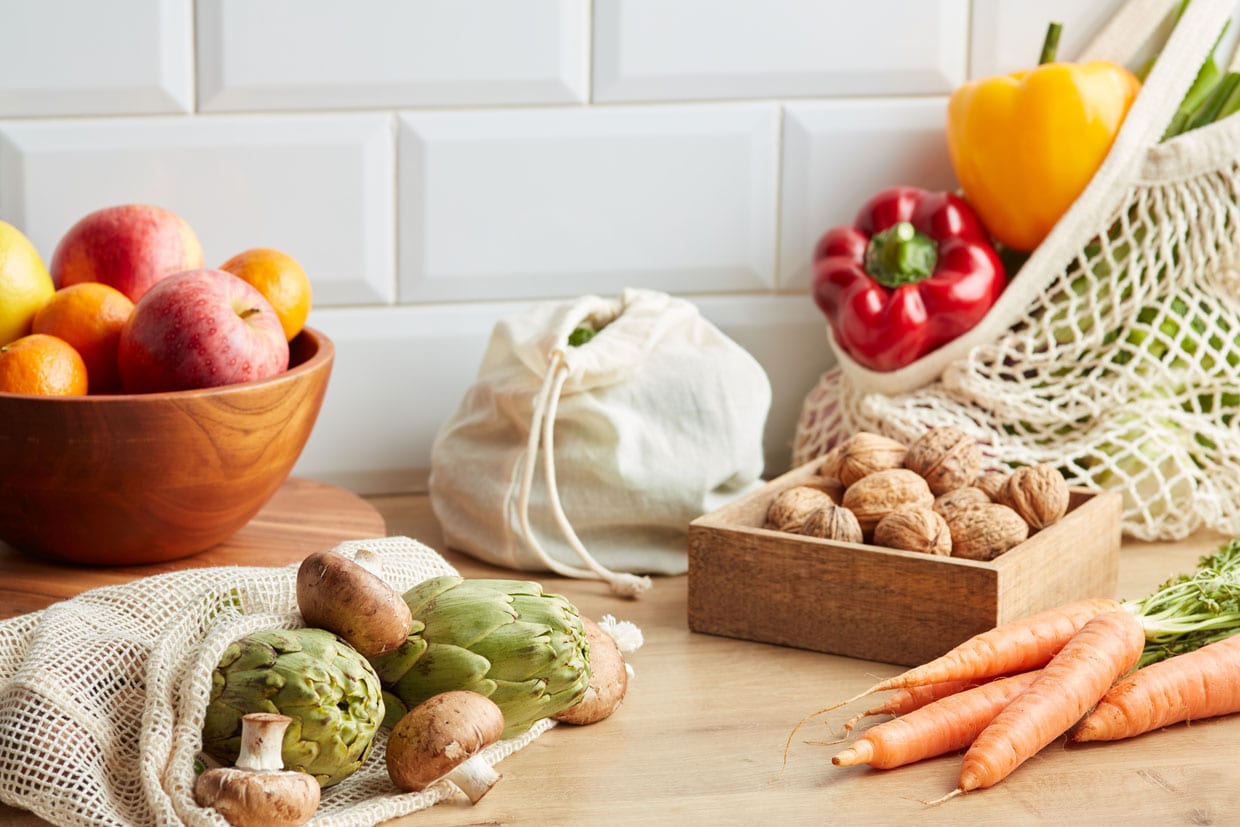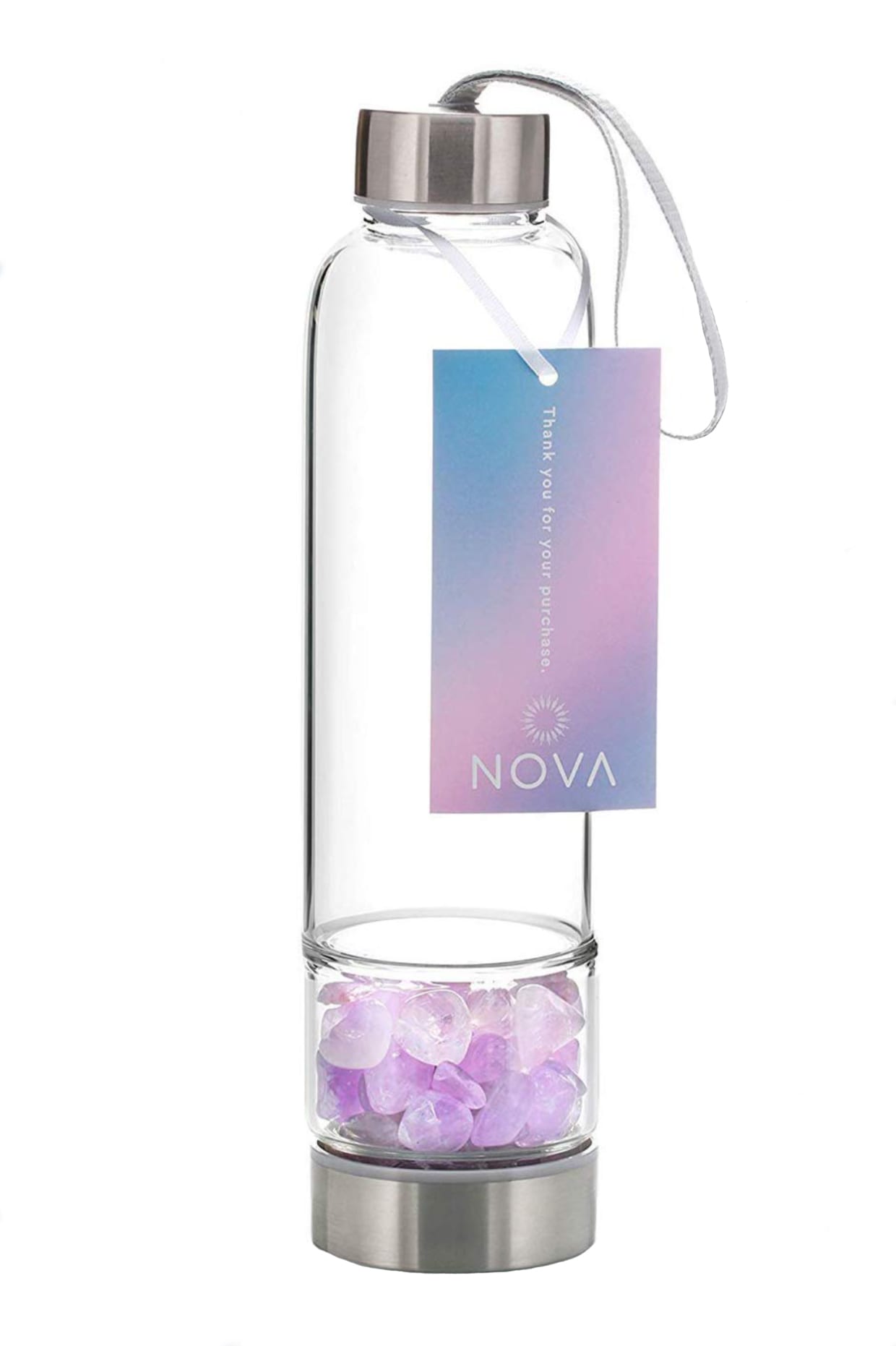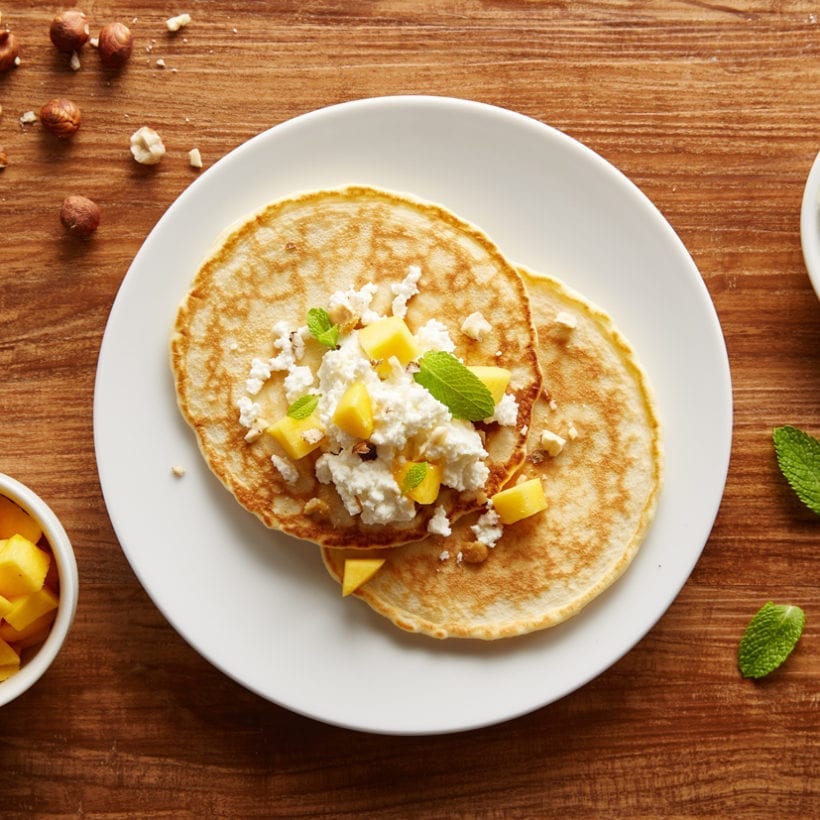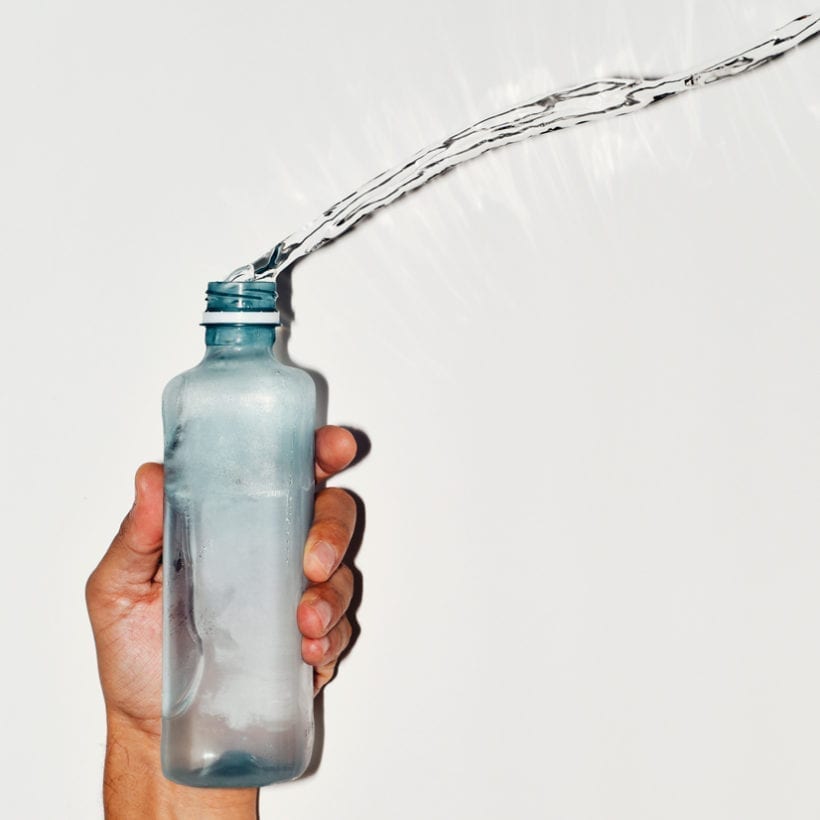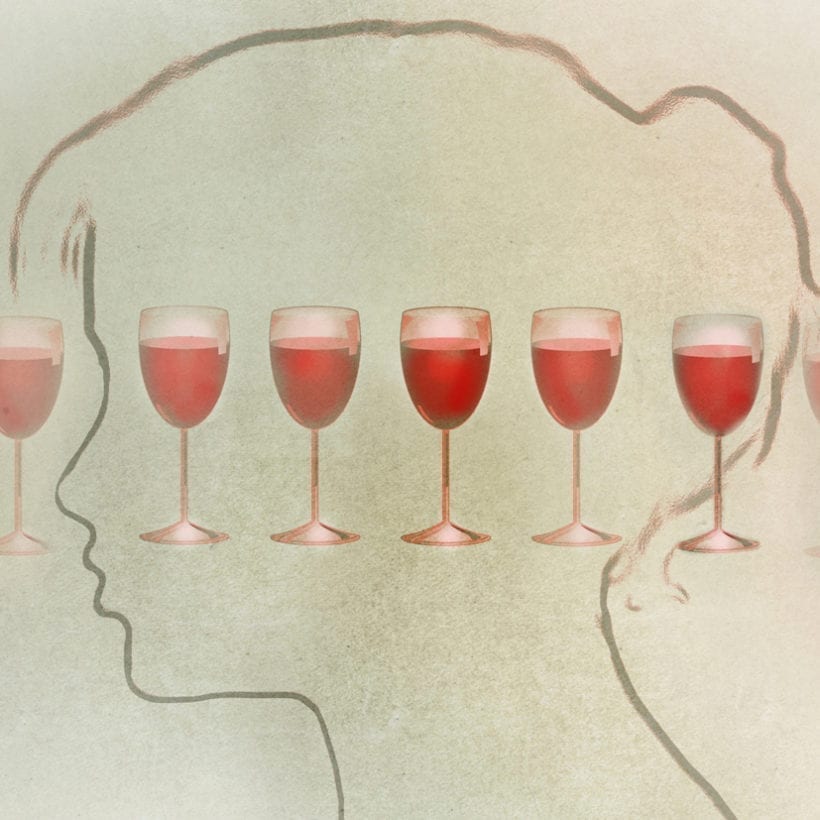Think about the contents of your main garbage can at home. Chances are it is full of a diverse mixture of plastic bottles, milk cartons, banana peels and expired produce. Spare us the gory details.
This brings us to a new mindful movement in the kitchen that has been gaining a little more limelight in the last few months: Zero-waste eating and cooking. According to the United States Environmental Protection Agency (EPA), 22 percent of discarded municipal solid waste comes from food, and the U.S. Department of Agriculture (USDA) estimates that 31 percent of the 430 billion pounds of food produced was not eaten — so essentially one-third of all food produced for consumption is lost or wasted.
And because most household trash is produced in the kitchen, when we are talking about introducing sustainable practices at home, overhauling the kitchen becomes a critical component.
What is Zero-Waste Eating and Cooking?
Zero-waste eating and cooking hinge on the simple act of consciously reducing the waste produced in the kitchen. Despite the “zero” in zero waste, most gurus agree that generating absolutely zero trash is mostly impossible, so the movement focuses instead on reducing, reusing and recycling, with the goal of generating the smallest amount of landfill-bound trash as possible — or none at all.
“Everyone’s definition of zero-waste is going to be a little different,” says Anne-Marie Bonneau, also known as the Zero Waste Chef, a blogger and chef who contributes to major media publications. “For me, it’s about sending as little to landfill or recycling as possible. It’s impossible to be perfect, so just get that right out of your head from the very beginning.”
One-third of all food produced for consumption is lost or wasted.
Bonneau runs her kitchen on three simple rules: no packaging, no processed foods, no trash. And these philosophies have also spurred her on a different route of cooking. Whereas before cooking entailed picking a recipe and then buying all the unique ingredients intended to make it and then having those rot in the pantry, Bonneau now appreciates the creative challenge it takes to repurpose the food she has on hand.
“Zero-waste just makes you examine every aspect of your life,” she says. “Once you kick the plastic, you start to eat better food because all the processed foods tend to come in plastic. You start to eat more vegetables, so all of that affects how I cook. Now I think, ‘Ok, this is what I have on hand, what can I make with this.’ It’s a completely different approach.”
But it takes a learning curve — and sometimes, waste happens. “It’s better to not produce food waste in the first place — but if you do waste food because it spoils or you don’t eat it in time, you should compost it. One of the problems with food waste is that it can go to landfills and it’s compacted in a landfill, and anaerobic bacteria break it down — that’s bacteria that thrive without oxygen — and releases methane gas, which is more potent than carbon dioxide; it’s a much more potent greenhouse gas.”
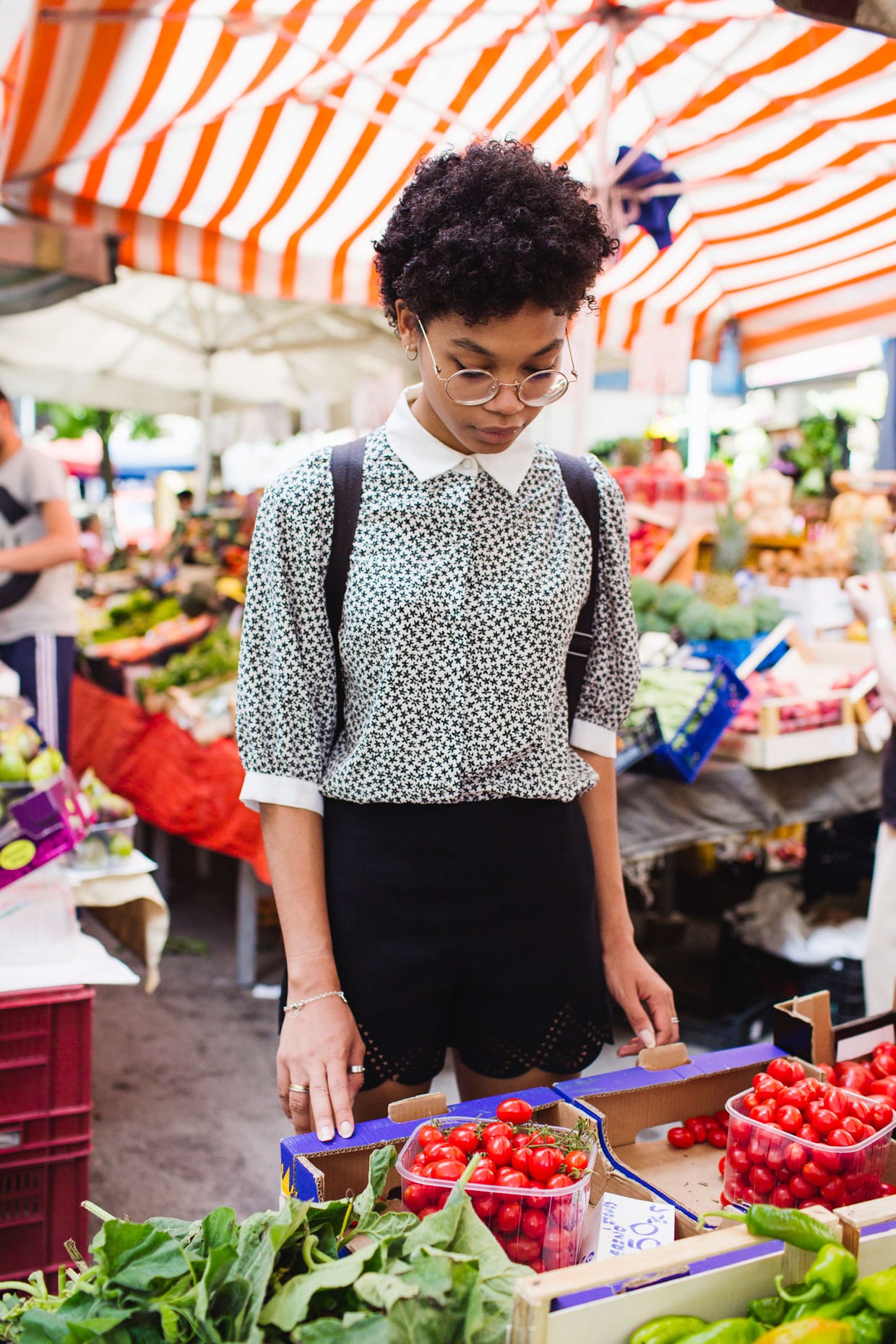
And while going fully zero-waste in the kitchen is a feat for the pros, with just a few lifestyle changes, you can find yourself going from taking the trash out every day to doing it maybe once or twice a month. Here, Bonneau’s beginner’s simple swaps that can get you started.
Easy Changes You Can Start Making at Home
Make one change at a time. “Don’t try to do everything at once. Changing where you shop, for instance, that’s a simple change. I buy all my produce at the farmer’s market. And I bring home all these delicious vegetables without any packaging.”
Bring your own shopping bags (and containers) everywhere. “Sometimes you don’t need a produce bag! If you’re buying two onions, you don’t need a produce bag. Throw it in the [cart], it’ll be fine.” If your store has a cheese counter or deli, ask them to cut you a fresh piece off the wedge and place in your reusable container (that you brought with you to the store).
Learn to cook simple dishes. “It’s about stretching every ingredient,” she says. “Something like soup is so easy. I made soup last week with a little extra handful of green beans I had on hand. You don’t have to cook something super fancy, just use good ingredients.” Do you have ingredients close to expiring? An app like SuperCook can help you figure out what to make, helping you waste less food.
Stop drinking bottles of water. “Get a filter, or just drink the tap water if it’s fine! I have some jugs of water and I have some naked charcoal filters. I fill my jugs out and just drop the charcoal into the water, and that sucks out some impurities.” Activated charcoal works through the process of adsorption, which binds impurities chemically since many are attracted to the carbon in charcoal. It is a natural and effective way of removing many toxins from water, such as chlorine, without the use of, or stripping the water of, minerals and salts. Plus, it eliminates the need for plastic bottles.
Shop in bulk. “Sometimes when you shop at the bulk bins [for dry goods], the food does come in packaging, you just don’t see them. But those big packages are way, way better than buying a bunch of little packaging.” Not only is package-free produce cheaper, but buying bulk also saves money in the end.
Plan ahead. “It’s saying, OK, I’m going to eat out tonight with my friends, I’m going to bring a container for the leftovers. If you’re out for Chinese, pack chopsticks in your bag, etc.” It might feel awkward at first, but think about how many to-go containers you threw out last month — and how much waste you can save by simply bringing your own utensils and glass containers.
Compost. “[Composting] like recycling, should be a last resort, not your first line of defense. I live in California and we’re lucky we have to compost right here. If you live in an apartment building without composting facilities, you can contact your city and find out if there are any community gardens that accept compost. Then, there’s this website, ShareWaste, it’s kind of like Tinder for compost. You find people in your area who are accepting compost.”
Overhaul your storage containers. “Buy all metal, glass containers for the kitchen. I used to reuse plastic when I started, like yogurt containers and such. Then I got some metal containers — LunchBots is one brand. Eventually, the plastic stuff just break[s] down, and you have to recycle it or toss it. Now I have hundreds of glass jars of different sizes. When I go into my office, I take my lunch in glass jars. The nice thing about them is that you can see what you have.”
Make your drinks or get them in glass bottles. “In some areas, you can get beer and wine in your own bottles that you can fill up. But I also make stuff like mead or ginger beer. Homemade fermented stuff can be as strong as the stuff that’s out there. I posted my homemade vodka the other day on Instagram.”
And most importantly, she says: “We don’t need a handful of people doing zero waste perfectly, we need millions of people doing it imperfectly.”
We only recommend products we have independently researched, tested, and loved. If you purchase a product found through our links, Sunday Edit may earn an affiliate commission.
